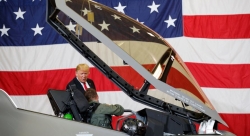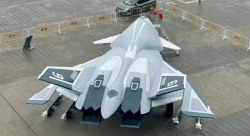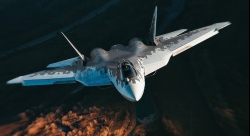South Korea Discusses Future Defense Communication System for Next-Generation Warfare
Military, government, and industry leaders explore real-time networks to support unmanned and integrated weapon systems

The Defense Acquisition Program Administration (DAPA), led by Administrator Seok Jong-geon, convened a high-level forum titled the ‘Future Infrastructure Communication System Development Discussion’ at the Yongsan Locaus in Seoul on Monday, April 28.
Bringing together about 130 participants from the Ministry of National Defense, the Joint Chiefs of Staff, military branches, the Agency for Defense Development, Korea Institute for Defense Analyses, private defense companies, and universities, the event focused on the future direction of military communication systems in response to evolving warfare technologies.
The main discussion centered around the growing demand for a hyper-connected, ultra-low latency infrastructure to support integrated operations of unmanned weapon systems—particularly in light of lessons drawn from the ongoing Russia-Ukraine conflict.
The forum included five expert presentations followed by an open-floor discussion. Topics ranged from satellite-based communication networks to policy-level acquisition reforms.
A key address by the Joint Chiefs of Staff identified structural limits in current defense communication frameworks and stressed the need for a rapid transition to a Joint All-Domain Command and Control (JADC2) architecture, highlighting the urgency for next-gen connectivity.
The Agency for Defense Development proposed a new infrastructure based on low-Earth orbit satellite systems, citing the changing nature of modern battlefields. Meanwhile, the Korea Institute for Defense Analyses offered a roadmap for a nationwide, secure defense mobile network.
From academia, Professor Oh Hyuk-jun of Kwangwoon University advocated adopting civilian technologies to close existing military communication gaps.
DAPA rounded out the session by promoting the idea of an AI-integrated, multi-weapon compatible system using the “One Source Multi Use” model, supported by a mission-centric acquisition process.
Participants broadly agreed on the inadequacy of current systems and considered practical upgrades, including the adoption of commercial 5G and satellite communications, to meet future military needs.
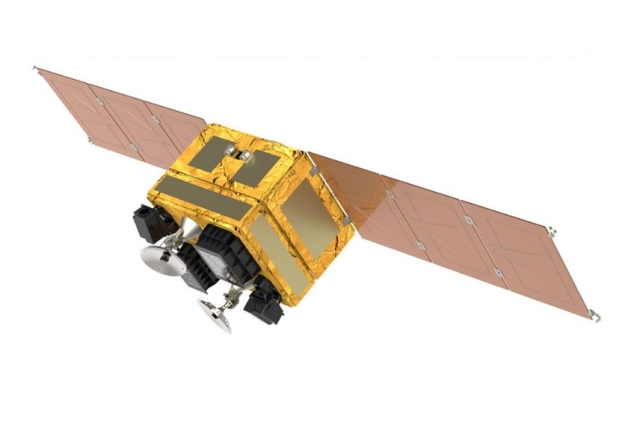


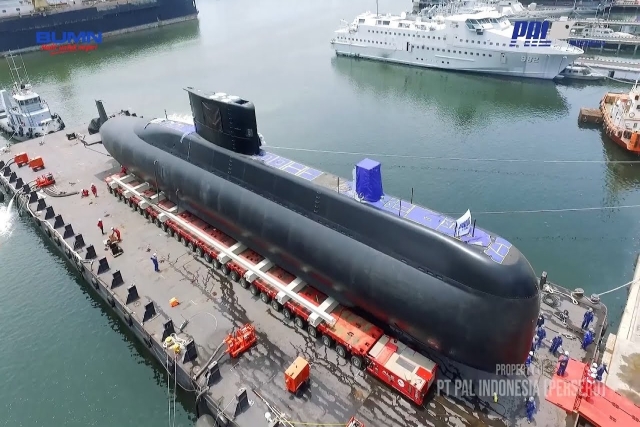



_1480683499.jpg)


